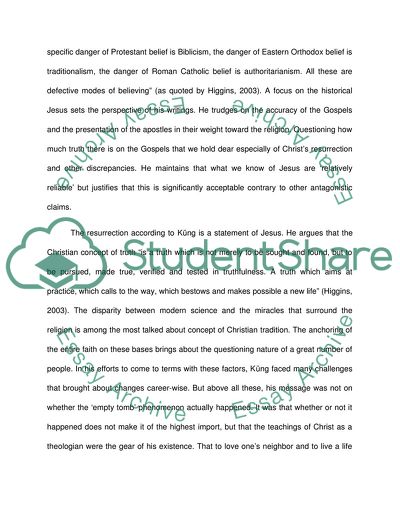Cite this document
(The Tapestry of Christian Theology: Modern Minds on the Biblical Research Paper, n.d.)
The Tapestry of Christian Theology: Modern Minds on the Biblical Research Paper. Retrieved from https://studentshare.org/religion-and-theology/1739382-literature-review
The Tapestry of Christian Theology: Modern Minds on the Biblical Research Paper. Retrieved from https://studentshare.org/religion-and-theology/1739382-literature-review
(The Tapestry of Christian Theology: Modern Minds on the Biblical Research Paper)
The Tapestry of Christian Theology: Modern Minds on the Biblical Research Paper. https://studentshare.org/religion-and-theology/1739382-literature-review.
The Tapestry of Christian Theology: Modern Minds on the Biblical Research Paper. https://studentshare.org/religion-and-theology/1739382-literature-review.
“The Tapestry of Christian Theology: Modern Minds on the Biblical Research Paper”, n.d. https://studentshare.org/religion-and-theology/1739382-literature-review.


